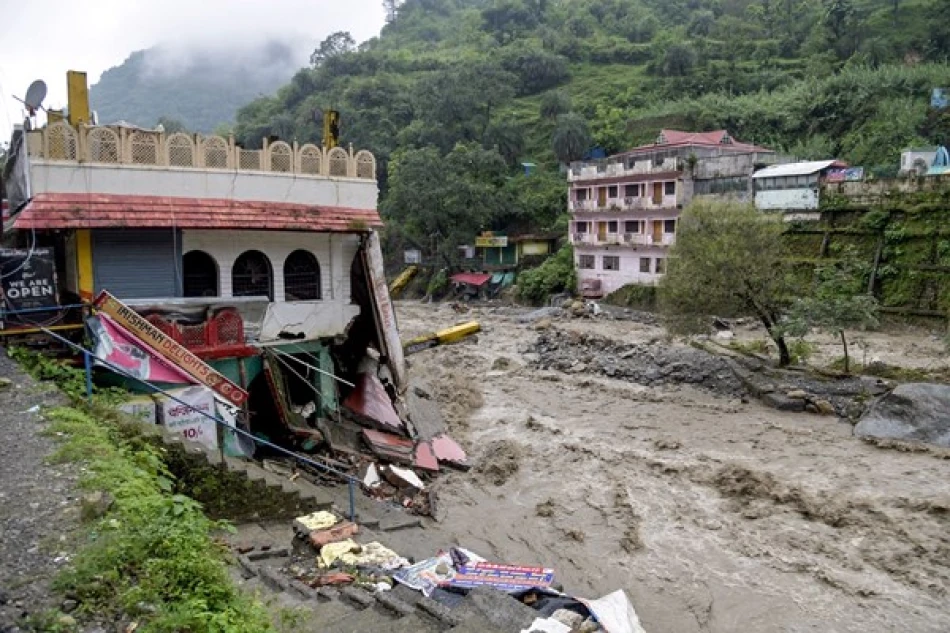
Devastating Landslides Claim Lives and Leave Many Missing in Northern India
Himalayan State Faces Deadly Reality Check as Climate Disasters Intensify
At least 15 people died and 16 others remain missing after devastating landslides and torrential rains struck India's mountainous Uttarakhand state on Tuesday, highlighting the growing vulnerability of Himalayan communities to extreme weather events that scientists increasingly link to climate change.
Muddy Waters Devastate Mountain Communities
Video footage captured the terrifying moment muddy floodwaters swept through Sahastradhara town in Dehradun district, destroying shops, roads, and homes in their path. The scenes echo similar disasters that have become alarmingly frequent across the fragile Himalayan ecosystem.
According to local reports, rescue teams recovered 13 bodies from Dehradun district alone, with two additional fatalities confirmed in the Pithoragarh and Nainital regions. The death toll underscores the deadly efficiency with which these flash events can transform peaceful mountain valleys into disaster zones within hours.
A State Under Siege from Nature's Fury
Uttarakhand's geography makes it a natural target for such catastrophes. Nestled in the Himalayas and home to numerous pilgrimage sites and tourist destinations, the state sits at the intersection of unstable mountain slopes, rapidly changing weather patterns, and increasing human development pressure.
Historical Pattern of Devastation
This latest tragedy fits a disturbing pattern. The state suffered one of India's worst natural disasters in 2013 when flash floods and landslides killed over 5,000 people during the annual pilgrimage season. More recently, a glacier burst in 2021 killed over 200 people, while regular monsoon-related disasters claim lives annually.
Climate Change Fingerprints on Himalayan Disasters
Climate experts increasingly point to global warming as a key factor amplifying these disasters. Rising temperatures are destabilizing glaciers, altering precipitation patterns, and making extreme weather events more intense and unpredictable across the Hindu Kush Himalayan region.
The phenomenon mirrors similar challenges faced by mountain communities worldwide, from the European Alps to the Andes, where changing climate conditions are rewriting the rules of natural disaster risk management.
Development Dilemma in Fragile Ecosystems
Uttarakhand faces a complex challenge: balancing economic development and tourism revenue with environmental protection in one of the world's most ecologically sensitive regions. The state's economy depends heavily on religious tourism, hydroelectric projects, and infrastructure development—all of which can increase vulnerability to natural disasters when poorly planned.
The recurring tragedies raise critical questions about India's approach to development in the Himalayas and whether current disaster preparedness measures match the scale of climate-related risks facing mountain communities.
Most Viewed News

 Layla Al Mansoori
Layla Al Mansoori






